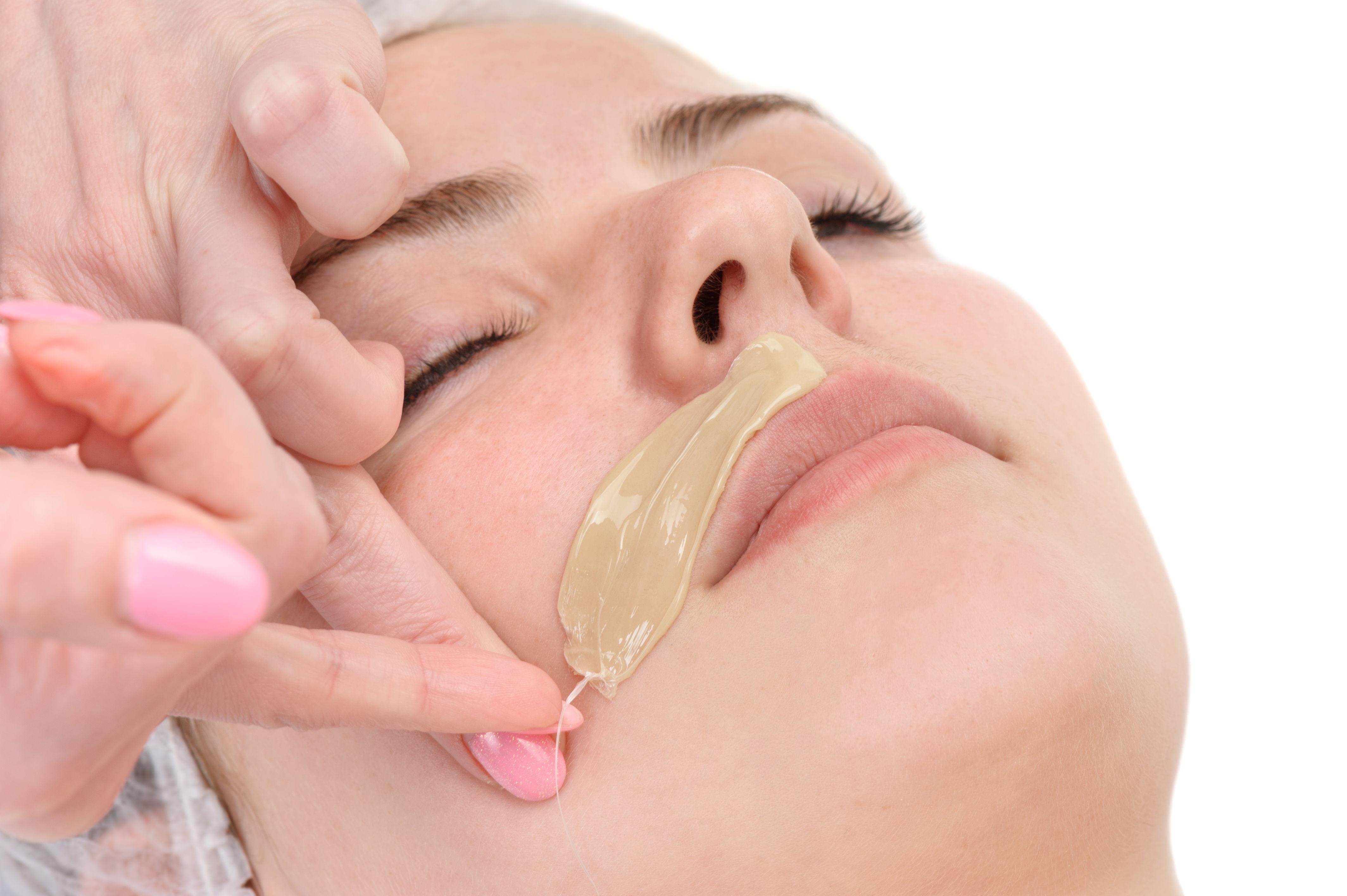Wax services

Wax Hair Removal
Wax hair removal is a method of removing unwanted hair from the root using warm or cold wax. It is suitable for various areas of the body, including legs, arms, underarms, bikini area, and face.
How Wax Hair Removal Works
- Preparation: The skin is cleaned to remove oils, dirt, and lotions. Sometimes a light dusting of powder is applied to absorb excess moisture.
- Application: Warm or cold wax is applied in the direction of hair growth.
- Hair Removal: A cloth or paper strip is pressed onto the wax (if using strip wax) and quickly pulled off against the direction of hair growth, removing hair from the root. In some methods (hard wax), the wax itself hardens and is pulled off without strips.
- Aftercare: Soothing oils or lotions are applied to calm the skin, reduce redness, and prevent ingrown hairs.
Benefits of Wax Hair Removal
- Long-Lasting Results: Hair is removed from the root, so regrowth is slower (usually 3–6 weeks).
- Smoother Skin: Exfoliates dead skin cells along with hair, leaving skin soft and smooth.
- Finer Regrowth: Regular waxing can cause hair to grow back thinner and softer over time.
- Suitable for Large Areas: Quick and effective for legs, back, arms, and other large surfaces.
- Less Irritation than Shaving: Reduces the risk of cuts, razor burn, and stubble.
Contraindications
Waxing may not be suitable in the following situations:
- Skin Conditions: Active eczema, psoriasis, sunburn, or open wounds in the treatment area.
- Recent Exfoliation or Chemical Peels: Skin may be too sensitive for waxing.
- Varicose Veins or Circulatory Issues: Avoid areas with varicose veins.
- Allergies: Known allergy to wax or ingredients used in pre/post-care products.
- Medications: Retinoids, certain acne treatments, or blood thinners may increase sensitivity or bruising.
- Infections or Skin Irritations: Bacterial, fungal, or viral infections in the area should heal before waxing.
- Pregnancy: Waxing is generally safe, but some sensitive areas may be more painful during pregnancy.



